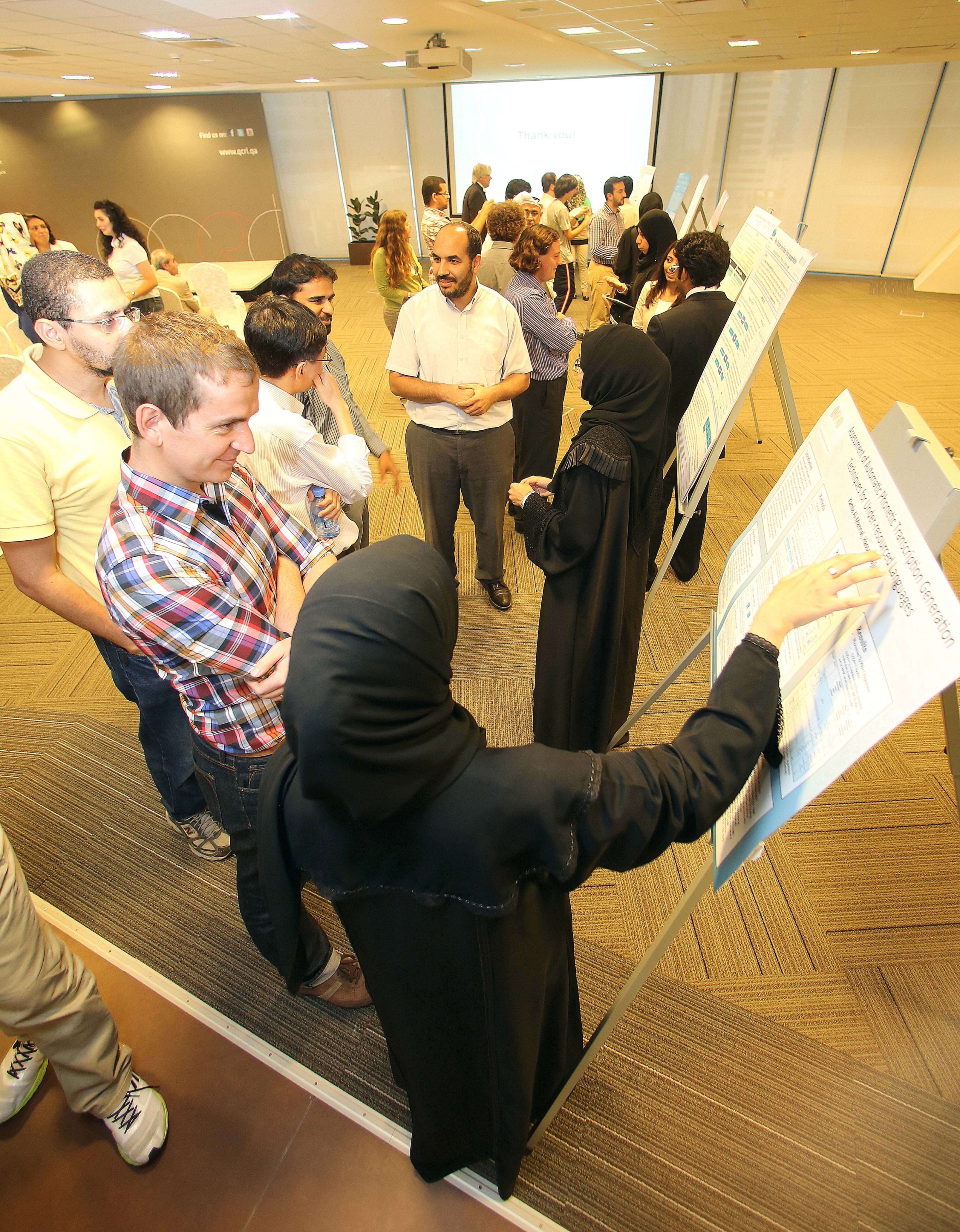
Groundbreaking research led by scientists at Hamad Bin Khalifa University into identifying the aggressiveness of brain tumors has been published by Cell – one of the foremost scientific journals in the United States and one of the top twenty most highly ranked scientific journals globally.
Michele Ceccarelli, who is a senior scientist at Qatar Computing Research Institute (QCRI) and who specializes in bioinformatics and computational biology, is lead author of a newly published scientific paper by an international taskforce of scientists that offers a comprehensive analysis of the molecular characteristics of gliomas, which are the most common type of malignant brain tumor, and suggests ways to more accurately treat patients and guide their therapy.
The paper explains why some patients who are diagnosed with slow-growing (low-grade) tumors sometimes quickly succumb to the disease, while others with more aggressive (high-grade) tumors are able to survive for several years. As a result of this research, a new way of classifying the tumors has been suggested, which could significantly impact on patient management and may lead to the development of new targeted drug therapies based on the identification of several previously unrecognized genetic alterations that may contribute to initial glioma development.
Currently, pathologists determine if a tumor is low grade or high grade based on investigation under the microscope of tissue taken from the tumor. By sifting through large amounts of data, the new investigation discovered that while this approach is generally good at distinguishing between tumors that are clearly very aggressive and those that are relatively slow growing, it misses the mark in a significant percentage of cases, leading to inappropriate treatment.
In producing the study, Ceccarelli worked closely with a large team of scientists from a number of major institutions around the world, including Columbia University Medical Center in New York, the University of Texas MD Anderson Cancer Center, and the University of São Paulo in Brazil. By utilizing a global research network, Ceccarelli and the other scientists were able to analyze the complete genomic information of 1,122 patients with both high and low grade tumors from the Cancer Genome Atlas.
Ceccarelli explained: “This project is an example of the advantage of Big Data. The Cancer Genome Atlas mega-project was started a decade ago and has involved collecting a huge amount of information from thousands of patients with several types of tumors. In order to make our discovery, we worked with a large network of more than 300 scientists from around the world.
“We used our expertise at QCRI to analyze the millions of pieces of information that formed a ‘data tsunami’ in order to identify common characteristics of various groups of gliomas. Notably, it is the largest available collection of information on glioma worldwide, and as a result of our analysis we discovered two novel subgroups of patients that were previously unknown.”
In addition to Michele Ceccarelli’s lead authorship of the research paper, the project also involved the contribution of Samreen Anjum, who served as a QCRI intern at the time of the study and has since become a full-time member of the research team.
Dr. Ahmed Elmagarmid, Executive Director of QCRI, commented: “This is a proud achievement for our research institute and for HBKU, as it demonstrates how the computing research work undertaken by members of our team can have a significant impact on society. The journal Cell is extremely well regarded, so to be lead author and an important contributor to a paper featured in the publication is a resounding endorsement of Michele’s and Samreen’s talents.”





